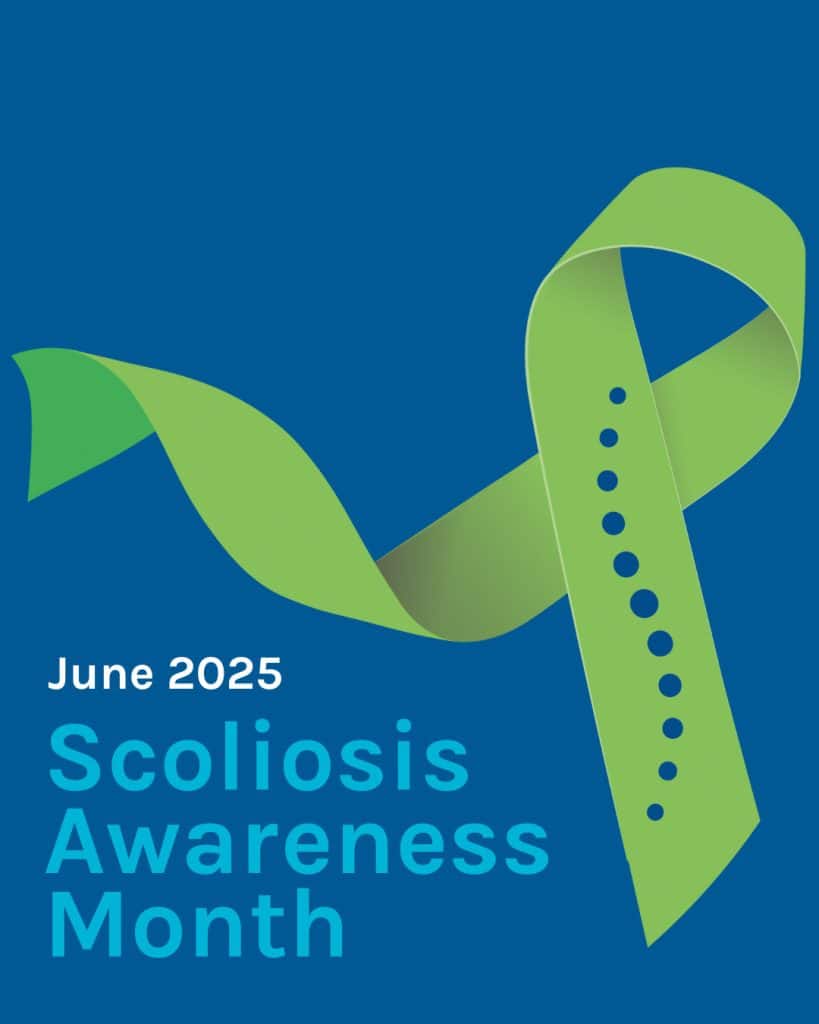When individuals think of scoliosis, the first image that likely comes to mind is that of the spine—X-rays and Cobb angles. However, scoliosis transcends merely being a spinal issue; it intricately influences various facets of a person’s life. Due to this complexity, healthcare professionals must adopt a holistic approach that addresses not just the curve, but the individual as a whole.
The Cobb Angle: A Piece of a Larger Puzzle
While the Cobb angle is indeed crucial—serving as the primary measure for spinal curvature in imaging—scoliosis is fundamentally a three-dimensional condition with implications that extend beyond flat X-ray images. The rotation of the spine, particularly in the transverse plane, can significantly impact posture, movement, and overall biomechanics. Historically, the medical community’s narrow focus on this single metric is no longer sufficient; it is time to reassess our perspective.
Moving Beyond “Wait and See”
The conventional “wait and see” method—which recommends surgery only after a curve reaches 50 degrees—has become outdated. Increasing research emphasizes the importance of early intervention, particularly through individualized bracing and scoliosis-specific exercise regimens. More importantly, patients and their families are seeking a broader range of options and proactive care strategies to manage the physical and emotional complexities of scoliosis.
The Motivations for Treating Scoliosis
Treating scoliosis extends beyond merely attempting to realign the spine. A collective of international scoliosis experts has identified numerous reasons patients pursue treatment beyond curve correction:
- Aesthetic concerns: Alterations in posture and body shape can significantly affect self-esteem.
- Pain management: Even minor curves can lead to discomfort or restricted mobility.
- Functional implications: Scoliosis can influence performance in various activities, from daily movements to sports.
- Preventive measures: Early treatment can help avoid more invasive procedures in later years.
Overlooking these facets means we are not fully addressing our patients’ needs.
Impact on Daily Life

Imagine a teenager who hesitates to join friends at the beach due to insecurities about a rib hump. Consider a child who dreads wearing a brace to school out of fear of mockery. Picture an accomplished tennis player whose serve falters—not due to lack of skill, but as a result of unrecognized trunk rotation. These scenarios are not merely hypothetical; they represent the everyday realities for those living with scoliosis. Structural changes influence not just physical capabilities, but also coordination and personal style, leading to significant emotional and psychological consequences.
Mental Health Matters
While some individuals may be less affected emotionally by their scoliosis, many, especially adolescents, experience a decline in confidence. A once active teenager might withdraw from sports, modify their wardrobe, or become anxious regarding their appearance. If not addressed, such reactions can escalate into broader mental health issues. Therefore, active listening, compassionate care, and appropriate referrals become essential. It’s critical that patients feel acknowledged as whole individuals, rather than merely as spines with curvature.
Holistic Treatment Approaches
Non-surgical interventions—including the ScoliBrace® paired with scoliosis-specific exercises such as ScoliBalance®—can do more than just stabilize curvature. These treatments can also:
- Enhance muscle strength and stability
- Promote postural symmetry
- Alleviate pain
- Improve aesthetics
- Help restore patient confidence
But for these benefits to be realized, treatment must be part of a comprehensive care strategy that honors each patient’s unique narrative, lifestyle, and aspirations.
A Call to Action for Scoliosis Awareness Month
This June, let’s commit to more than just raising awareness; let’s advocate for improved care options. The disappearance of school screenings has led to many missed early diagnoses. Unfortunately, many patients still hear “wait and see” when they should be presented with actionable alternatives. Numerous individuals feel isolated within a healthcare system that’s primarily fixated on degrees and imaging.
For healthcare professionals, it’s crucial to consider:
- Am I treating the individual beyond the anatomy?
- Do I possess the expertise to manage scoliosis comprehensively, or should I refer to a specialist?
- Am I informed about conservative treatment options that may profoundly impact a patient’s life?
For parents and patients:
- Understand that you have choices.
- Acknowledge that your experiences hold value.
- Recognize that with the right support, scoliosis does not have to dominate your life.
Let’s redefine the conversation surrounding scoliosis—because effective treatment involves caring for the whole person.
1. Berdishevsky H, Lebel VA, Bettany-Saltikov J, Rigo M, Lebel A, Hennes A, Romano M, Białek M, M’hango A, Betts T, de Mauroy JC, Durmala J. Physiotherapy scoliosis-specific exercises – a comprehensive review of seven major schools. Scoliosis Spinal Disord. 2016 Aug 4;11:20. doi: 10.1186/s13013-016-0076-9. PMID: 27525315; PMCID: PMC4973373.
2. Negrini S, Grivas TB, Kotwicki T, Maruyama T, Rigo M, Weiss HR; Members of the Scientific society On Scoliosis Orthopaedic and Rehabilitation Treatment (SOSORT). Why do we treat adolescent idiopathic scoliosis? What we want to obtain and to avoid for our patients. SOSORT 2005 Consensus paper. Scoliosis. 2006 Apr 10;1:4. doi: 10.1186/1748-7161-1-4. PMID: 16759352; PMCID: PMC1475888.

